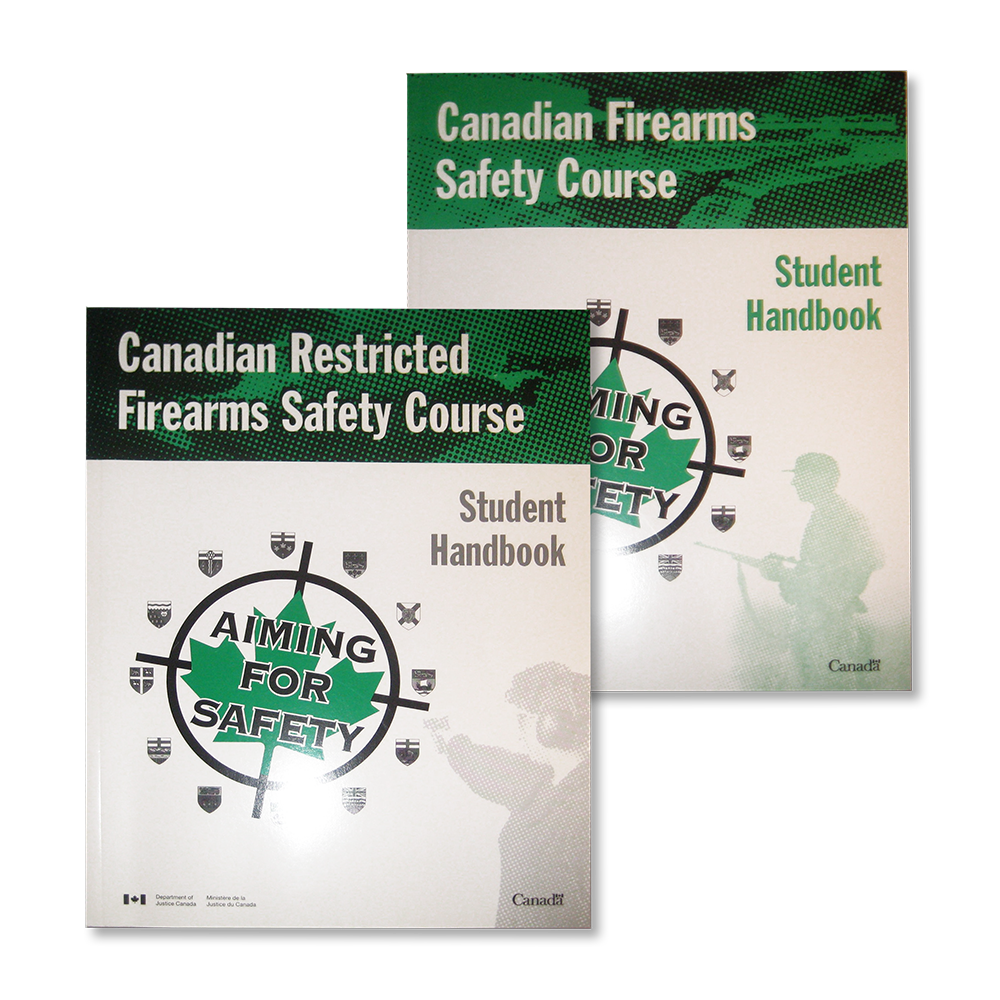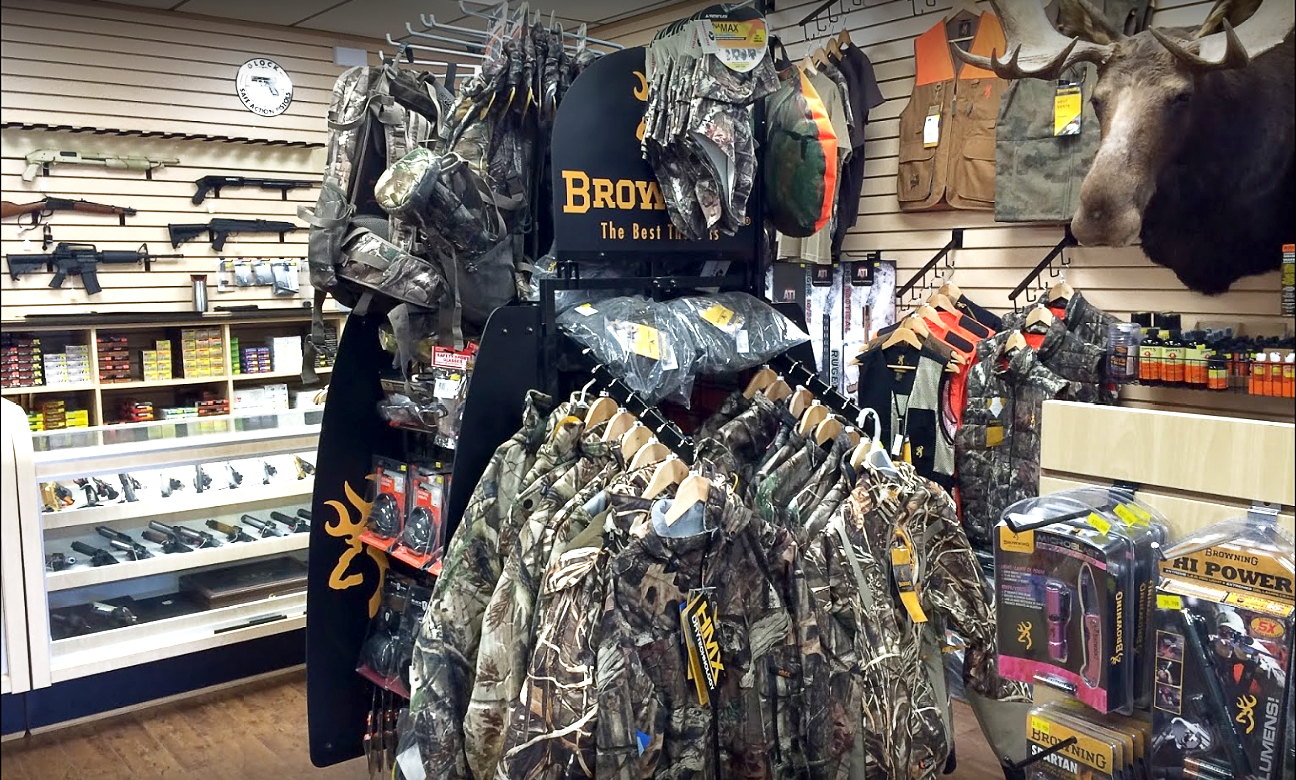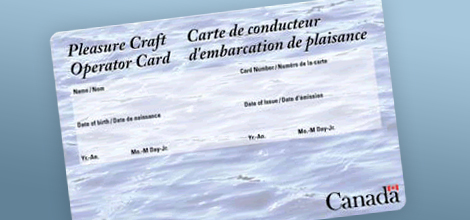Introduction of Firearm Licence
People legally resides in Canada (including visitor, international students, immigrants and citizens) are allowed to apply PAL (Possession and Acquisition Licence), After your firearms PAL licence is approved, you will now have the chance to purchase, own and operate certain firearms in Canada, either you are planning to experience the target shooting, or to expand your firearms collection, a PAL is a must, and in order to get your PAL, you will need to participate in a CFSC (Canadian Firearms Safety Course) and or CRFSC (Canadian Restricted Firearms Safety Course)
CFSC and CRFSC, the two days course covers topics such as firearm safety, operation and storage of firearms, introduction to various types of firearms, introduction of difference of most ammunitions, as we as responsibilities of firearm owners, and so on.
Firearm licencing is regulated by the Federal government. Government officials will conduct a criminal background check prior to finalize your application, therefore, a firearm licence may also indicates the licence holder has a crime-free background.
In accordance with the law, firearm exams must be performed in either English or French. Students must have basic reading and listening skills in regards of any one of two Canadian Official Languages.
The examination consists of two parts: Written and Hands – On Practice, with 80% being the passing score. English examination, no translation allowed.
Introduction of Hunting Licence
In British Columbia, all legal residents (international students, permanent resident and citizens) live in Canada for a period that is longer than six months are allowed to apply Hunting Licence.
Canada is known for its fair legal regulations, developed animal protection concepts, and wide variety of games selection.
The hunting course is performed by an English/Mandarin Speaking instructor.
Introduction to Boat Operating Licence
Whether you are fishing, surfing, wake boarding, or cruising in the lake, boating must be part of the experience. It is one of Canada’s most popular outdoor sports. However, driving a power-loaded boat is a huge responsibility. The safety of you and your passengers depends are your skills. This course is the first step to safely piloting a boat.
Those who wish to operate leisure-purposed boats, including gliders and seaplanes, must have proper operating licence. The operator must have the proper boating licence to prove that a) the boat is only for recreational use and b) is it not a commercial passenger vessel or cargo ship. Violators will be fined by coastal police officers.
The licence issued by Transport Canada is a proof of the operator’s ability. The charter safety form and course completion book/certificate is also proof of the operators’ qualification. While operating any boats, all required documents must be the original, photocopies are not accepted. Foreign nationals operating in Canada for more than 44 days, or operating a Canadian registered boat are also required to provide a qualified licence. Foreign boating licences must be recognized and approved by Canada.
Age Restrictions
Children under the age of 12 are only permitted to drive 10hp boats, unless there is direct supervision of someone over the age of 16.
Children between the ages of 12 and 15 can only drive 40hp boats, unless there is direct supervision of someone over the age of 16.
The minimum age requirement for operating a jet ski is 16.
Note: This boating licence is only able to operate leisure boats, not commercial passenger vessel or cargo ship, and it cannot be used to charge remuneration.


